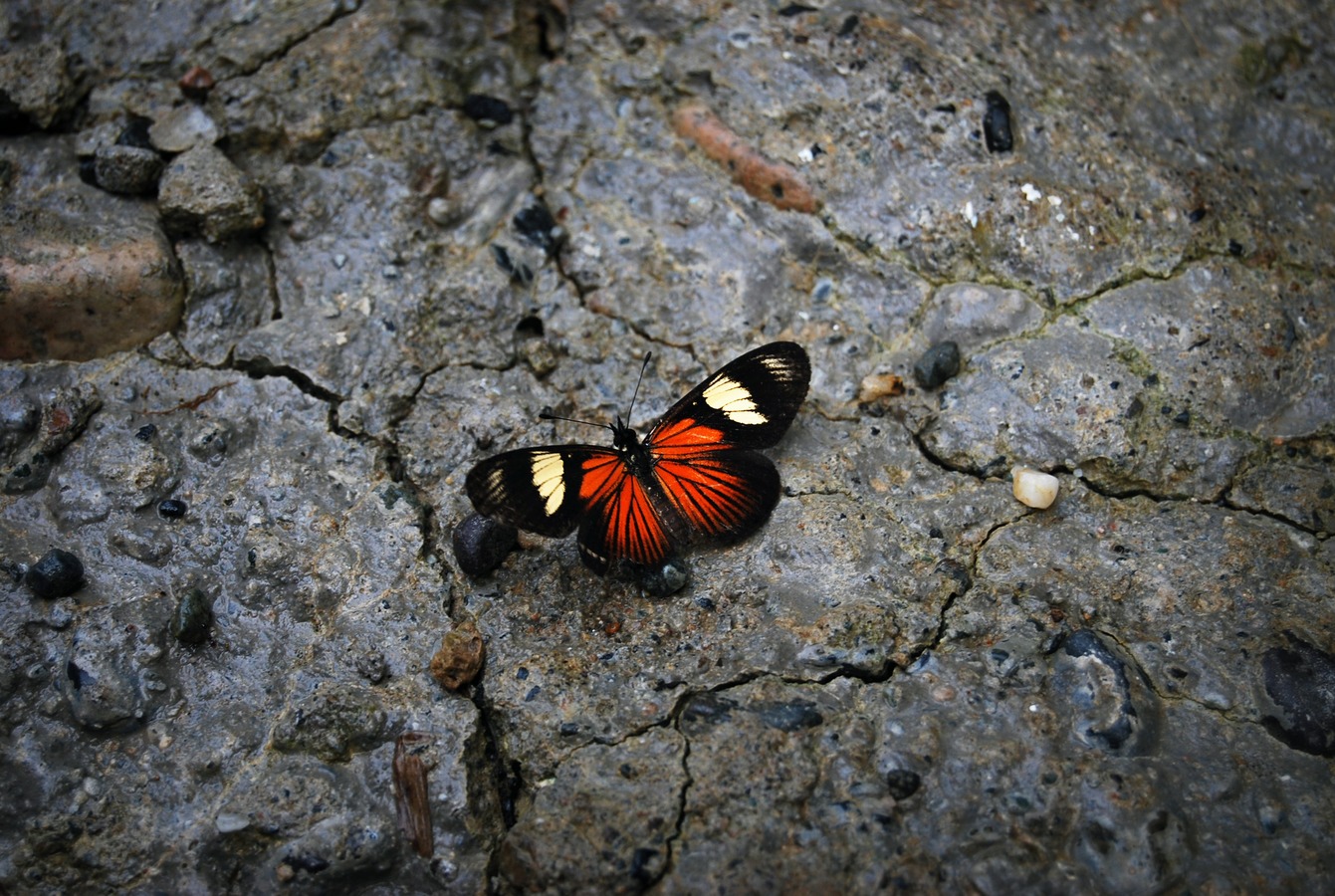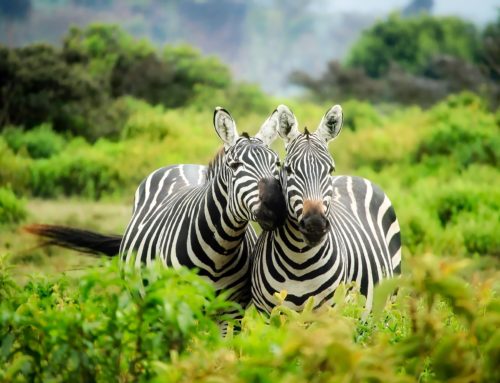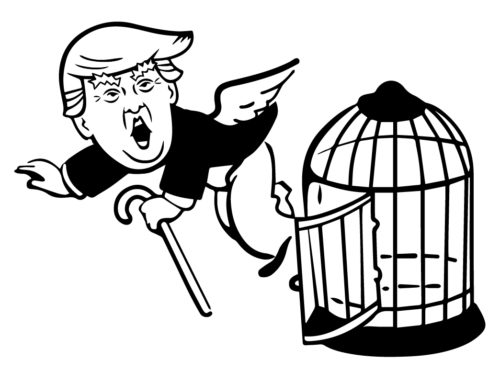by Craig Collins
Terrifying is the only way to describe the mounting scientific evidence that insects are rapidly vanishing from our planet. In just 30 years, nearly eighty percent of Earth’s insect biomass has disappeared. [1] And, no matter what you think of bugs, we can’t live without them. Insects are at the heart of every food web. They pollinate most plant species including our crops; they keep our topsoil healthy; they recycle nutrients and control pests. In addition, they provide food for all the birds, fish, reptiles and other creatures further up the food chain. Sooner or later, if bugs go, so do we.
Climate disruption, habitat loss, and pesticide poisoning are causing insect extinction. But this drastic die-off is just one of the flashing warning signs that we are in deep trouble. The malignant spread of profit-driven, fossil-fueled globalization has unleashed a planetary extinction holocaust. Earth’s most biodiverse ecosystems are failing fast. Coral reefs are dying from climate change and pollution; mangrove swamps are being uprooted for shrimp farms and beachfront development; and rainforests are being torched for soybeans, palm oil, and cattle ranches.
In theory, the collapse of global biodiversity was supposed to be prevented by the Endangered Species Act (ESA) and the Convention on International Trade of Endangered (CITES). But in reality this has amounted to trying to stop a raging wildfire with a squirt gun.
When Congress passed the ESA and signed on to CITES back in 1973, it was responding to intense public pressure to save a growing number of species from extinction. Groups like Greenpeace, Friends of the Earth and the World Wildlife Fund raised public awareness and sympathy by showcasing the plight of a small group of cute or charismatic creatures – like pandas, bald eagles and blue whales – whose survival was threatened by human encroachment. This campaign was so effective that the media still portrays the struggle to preserve biodiversity as an altruistic endeavor pressed upon society by tree-hugger environmentalists who want to protect endangered wildlife from extinction.
This was a fairly accurate perception back in the 1970s when the rate of extinction hovered around 100 species a year. At that pace, it seemed reasonable to craft a law that sought to identify and list species for protection one at a time. But those days are over. Today, some biologists estimate the rate of extinction at 100,000 species a year and climbing! At this rate, preserving biodiversity has gone from an altruistic enterprise to a matter of human survival. Vital species and the ecosystems they call home are under assault by the relentless incursion of human civilization.
Most biologists believe we have instigated the sixth major extinction episode in our planet’s history. The renowned paleo-anthropologist, Richard Leakey, says this sixth extinction crisis, “means the annihilation of vast numbers of species. It is happening now, and we, the human race, are its cause…Every year, between 17,000 and 100,000 species vanish from our planet. For the sake of argument, let’s assume the number is 50,000 a year. Whatever way you look at it, we’re destroying the Earth at a rate comparable with the impact of a giant asteroid slamming into the planet.”[2]
Using Leakey’s figures, the global rate of extinction has accelerated about 500 percent since the ESA (and CITES) became law. The implications of these statistics are staggering. Already, humans consume about 40 percent of the plant energy available for all terrestrial life, and this figure will only grow as our population leaps from 7.5 to 10 billion inside the next half-century. At this pace, Leakey predicts that half of the Earth’s species will vanish within 100 years. But this die-off could accelerate rapidly if greenhouse gases wreak havoc with the Earth’s climate.
Without nature, we’re toast. We really need to “get this” before it’s too late. Disappearing butterfly species and the mysterious collapse of bee colonies around the world threaten all the crops they pollinate. The massive die-off of North American bats is wiping out a major insect predator that prevents our harvests from becoming bug food. The acidification and warming of the oceans jeopardizes the survival of corals and the tiny zooplankton that form the foundation of the marine food chain.
We have to stop thinking of “nature” as something we visit when we go camping or watch on the Discovery channel. Without nature, our supermarkets would be empty. Nature is the fresh water, sunshine and rich topsoil (teeming with trillions of beneficial microorganisms) that nurture the plants and animals that fill our refrigerators and our bellies. Nature is the vast blue oceans that regulate our climate, supply most of our oxygen and provide the tons of seafood we consume every day. Nature purifies our water, pollinates our crops, recycles our wastes and provides us with clothing, medicine, and shelter. We simply can’t do without it. Preserving biodiversity is essential to our survival.
While the ESA cannot be expected to save imperiled species outside our borders, has it reduced the rate of extinction within the United States? There are 1,618 species officially listed as threatened or endangered under the ESA. However, these “listed species” are only a small fraction of all the species whose survival is actually imperiled. The exact size of this fraction is difficult to determine because there are thousands of plants and animals we know little or nothing about. Estimates of the actual number of species in jeopardy of extinction in the US range from 6,480 to 165,000. Therefore, the 1,618 species listed for ESA protection are somewhere between 1 and 30 percent of all US species actually facing extinction. Consequently, 70 to 99 percent of all imperiled creatures in the US receive no legal protection from the ESA because they aren’t listed.
The arduous listing process is one of the ESA’s most onerous defects. Listing species for protection one by one, instead of preserving the integrity of entire ecosystems, is an expensive, rigorous, time consuming ordeal constrained by scientific ignorance, bureaucratic intransigence, political pressure, partisan politics and budgetary shortfalls. Species designated as “candidates for listing” wait an average of 20 years to get listed. Meanwhile, many go extinct.
But even species lucky enough to be listed have a slim chance of survival. Of the 1,618 species protected by the ESA, only 34 have recovered enough to make it off the list. This is a 2 percent recovery rate! Only 10 percent of all listed species are considered improving, 30 percent are considered stable and 60 percent continue to slip toward extinction.
This abysmal record is the result of several legal loopholes. For example, the ESA requires every endangered species to be designated a critical habitat and a recovery plan. But this seldom happens because the Interior Department and the other agencies in charge of ESA enforcement are compromised by their incestuous involvement with the powerful mining, timber, oil and gas interests, which oppose any restrictions on their exploitation of public lands. Agency officials misuse minor exclusions in the law to avoid critical habitat requirements altogether or limit them so severely that species cannot possibly recover. Consequently, over 80 percent of all listed species have no critical habitat protection and 40 percent have no recovery plan.
The overriding weakness in the ESA is that no legal barrier can possibly halt the relentless juggernaut of economic growth at the heart of our extinction crisis. Human activities like urban sprawl, deforestation, road and dam building, industrial agriculture, grazing, mining, oil drilling, over fishing, marine pollution, poaching, harvesting and hunting wild species for food, sport and profit all continue to decimate the web of life we depend on for our survival. And now, climate disruption is magnifying the potential for widespread extinctions.
The ESA’s inability to preserve biodiversity and slow the pace of extinction simply reflects the fact that we are caught up in a cancerous global economic system. An economic machine so driven by the demands of growth and profit that it must devour, exploit and expand at the expense of the living biosphere that sustains us. Reversing this unfolding calamity is beyond the scope of any law or single country. It requires the transformation of our entire economic system to bring it into balance with the planet.
Craig Collins Ph.D. is the author of Toxic Loopholes (Cambridge University Press), which examines America’s dysfunctional system of environmental protection and the international system’s failure to confront climate chaos. He teaches political science and environmental law at California State University East Bay and was a founding member of the Green Party of California. His forthcoming books: Marx & Mother Nature and Rising From the Ruins: Catabolic Capitalism & Green Resistance reformulate Marx’s theory of history & social change and examine the emerging struggle to replace catabolic capitalism with a thriving, just, ecologically resilient society. [ccollins@igc.org]
[1] “Plummeting Insect Numbers Threaten Collapse Of Nature,” Guardian (Feb. 10, 2019). https://www.theguardian.com/environment/2019/feb/10/plummeting-insect-numbers-threaten-collapse-of-nature and Hallmann CA, Sorg M, Jongejans E, Siepel H, Hofland N, Schwan H, et al. (2017) “More Than 75 Percent Decline Over 27 Years In Total Flying Insect Biomass In Protected Areas” PLoS ONE 12(10): e0185809. https://doi.org/10.1371/journal.pone.0185809
[2] Leakey, Richard and Roger Lewin. The Sixth Extinction (Doubleday, 1995). http://www.green-innovations.asn.au/sixthextinction.htm










Leave A Comment